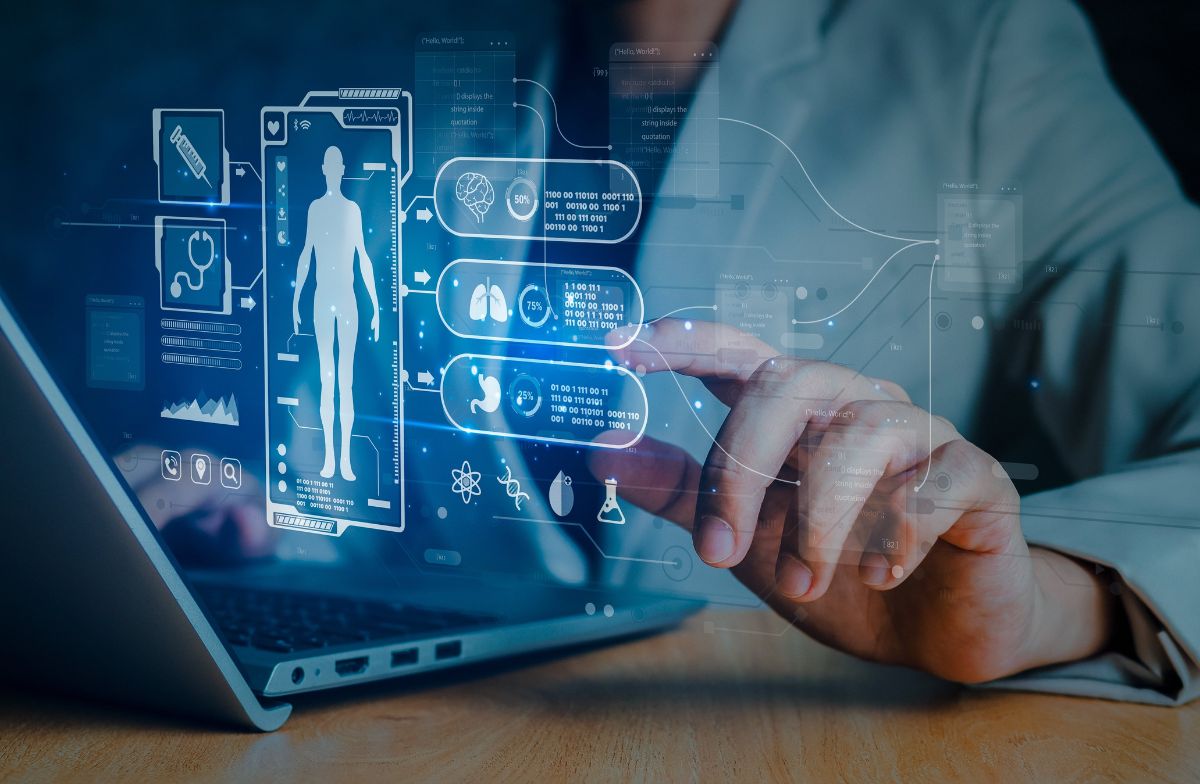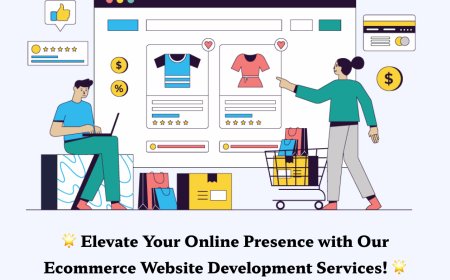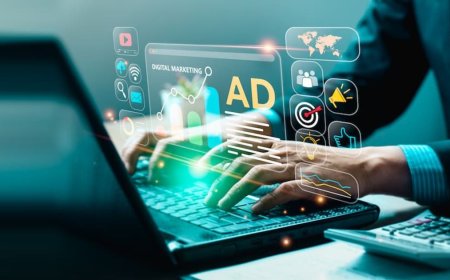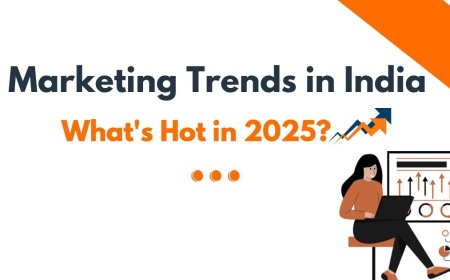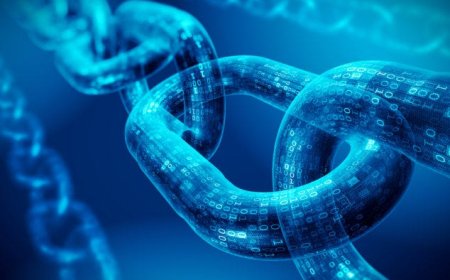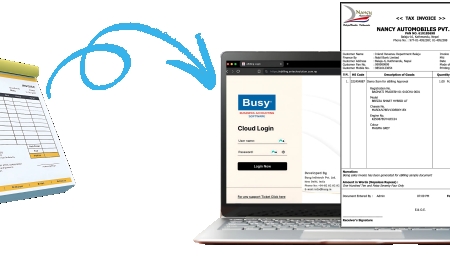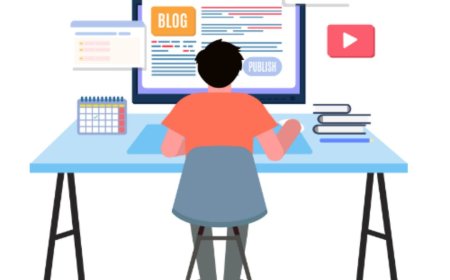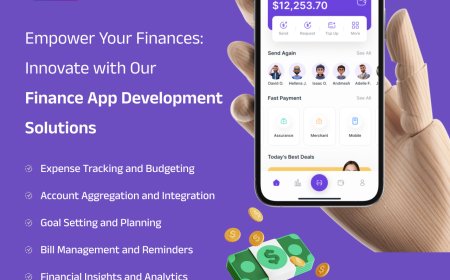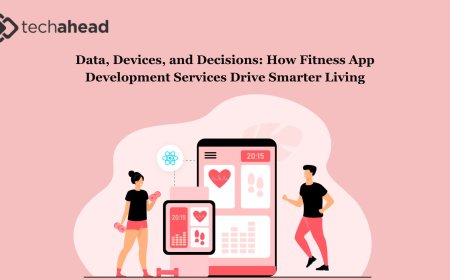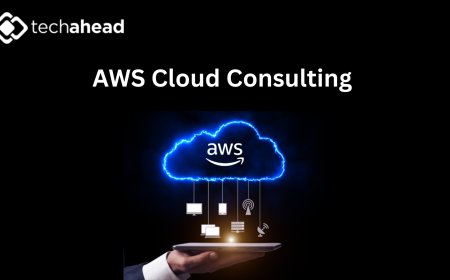ERP in 2025: Unlocking Efficiency with AI-Integrated Enterprise Systems
Discover how AI is revolutionizing ERP systems in 2025—enhancing decision-making, automating workflows, and driving manufacturing growth.
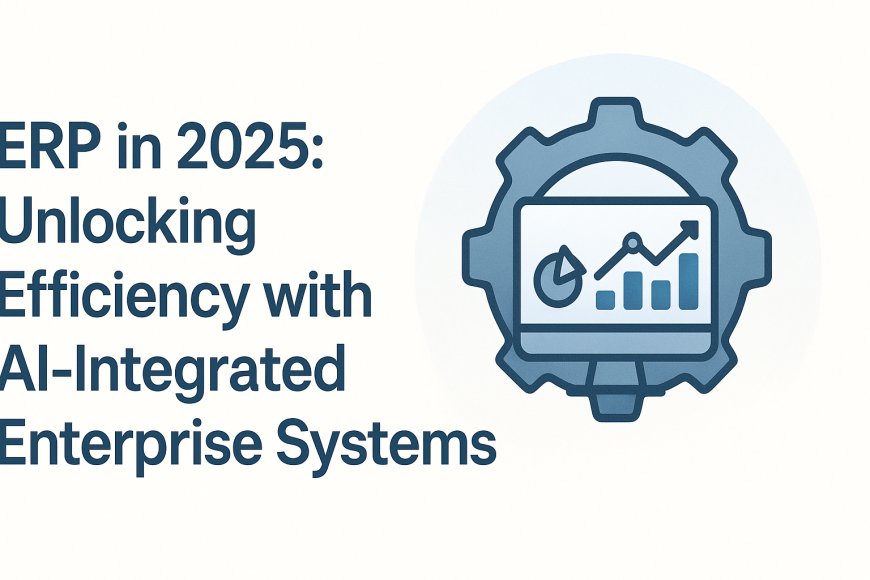
Back in the daylets say the mid-2010sERP software was that complicated system nobody wanted to touch unless absolutely necessary. You needed a coffee, a tutorial, and probably a team of IT pros on speed dial just to generate a basic report. But fast forward to 2025, and weve entered an entirely new dimension. Thanks to artificial intelligence, ERP systems have gone from clunky cost centers to mission-critical growth engines (and dare we say, even likable).
At KanhaSoft, weve seen the ERP evolution up close (and in code). What used to take hoursthink manual entries, chasing vendors, reconciling inventorynow gets done faster than a double espresso shot hits the bloodstream. Its all because of AI integration. And no, not the "sci-fi, Skynet" variety. We're talking real, practical AIbuilt to solve real manufacturing headaches.
Lets dive into how AI-powered ERP is unlocking jaw-dropping efficiency in 2025 (and why manufacturers are finally smiling at dashboards).
First, a bit of a reality check. The average manufacturer still juggles inventory logs, vendor chains, labor allocations, machine downtimeand then some. Traditional ERP helped manage all of this, yes, but mostly in a reactive way. You input data, ERP recorded it, and somewhere down the line, someone pulled a report.
But AI said, What if we just did it better?
Enter predictive analytics, intelligent automation, and self-learning workflows. Todays AI-integrated ERP systems dont just record transactionsthey forecast bottlenecks, recommend supply chain adjustments, and (heres the kicker) learn from your processes. Your ERP can now tell you what might go wrong before it actually doesalmost like a sixth sense for efficiency.
Take the case of a mid-sized auto component manufacturer we worked with recently. They were running a legacy ERP platform that required weekly data crunching by two full-time analysts. We replaced that with a customAI-enhanced ERP solution built on real-time data flow. Within a month, the client had cut manual reporting by 80% and reduced inventory overstock by 25%. They called it witchcraft. We called it smart software.
We also made sure their system could adapt to new patterns, detect anomalies in machine data, and automate their procurement triggers. Why? Because nobody has time to wait for quarterly reviews anymore. In 2025, your ERP system needs to act like a strategist, not a stenographer.
And speaking of strategiesautomation deserves its own soapbox.
AI in ERP is no longer just about "insights." It's about actions. Automating recurring processes (like invoice generation, shift scheduling, or maintenance reminders) has become table stakes. With tools like KanhaSoft's custom-built automation layers, were seeing clients reclaim hundreds of hours per year in administrative tedium.
Think of it this way: if you're still manually updating spreadsheets for machine output and labor hours... you're basically doing the ERP equivalent of using dial-up in a 5G world.
But waitthere's more (because of course there is).
AI is also transforming ERP interfaces. In 2025, it's not just about having access to data; it's about understanding it. Modern ERP dashboards now include NLP-powered search (thats natural language processing, not a fancy tea), conversational assistants, and role-based insights.
So when a warehouse manager logs in, the system doesnt just show a tableit highlights low stock items, upcoming audits, and vendor delivery delays, before they become an issue.
Were also integrating machine vision and IoT sensors directly into ERP for some of our manufacturing clientsbecause when your software sees what your machines see, you gain a level of visibility Excel simply can't deliver.
Interested in adding AI to your operations? Here's a peek at what we offer:
? AI and ML Development Services
Now, let's talk about everyones favorite buzzword:scalability.
Legacy ERP systems are like that oversized suit you bought in collegerigid, boxy, and not meant to grow with you. But AI-driven ERP solutions (like the ones we develop here at KanhaSoft) are built for scale. Whether youre expanding into new markets, onboarding remote teams, or digitizing your factory floor, todays ERP can flex and evolve without requiring a total tech do-over.
You get personalized insights for different business units, scalable cloud infrastructure, and integrations with everything from CRM tools to IoT devices. If it speaks data, your ERP can speak to it. (Thats the kind of relationship we love.)
Lets address the elephant in the roomimplementation. We wont sugarcoat it: integrating AI into ERP is not a one-click install. But it doesnt have to be a root canal either. With the right development partner (ahemlike us), the transition can be smooth, phased, and dare we say enjoyable?
We follow a modular development approach, pairing custom ERP software with AI modules tailored to your workflows. That means youre not stuck with off-the-shelf templates or bloated features youll never use. Instead, you get lean, agile, data-driven systems built around your business needsnot someone elses best guess.
Final Thoughts
ERP in 2025 is not about survivingits about thriving. It's about moving from data management to data intelligence. From reaction to prediction. From just managing operations to actually transforming them.
At KanhaSoft, were not in the business of selling softwarewere in the business of building solutions that make sense. And if your current ERP system feels more like a digital dungeon than a lifelinemaybe its time to rethink what your software should really be doing.
So heres our shameless plug: if you're ready to experience ERP that thinks, predicts, and adaptslet's talk. Weve got the tools, the team, and the caffeine.










